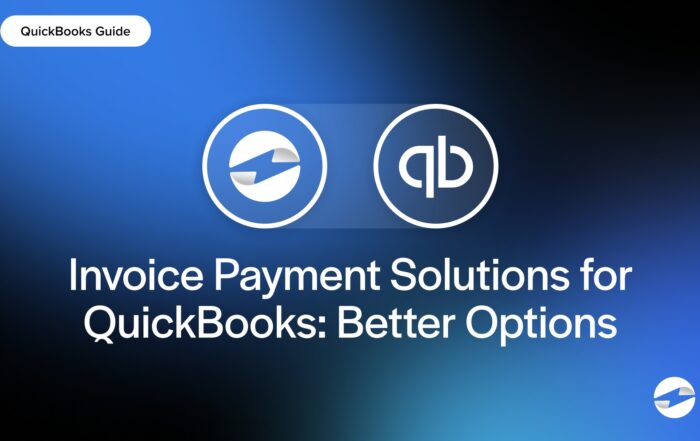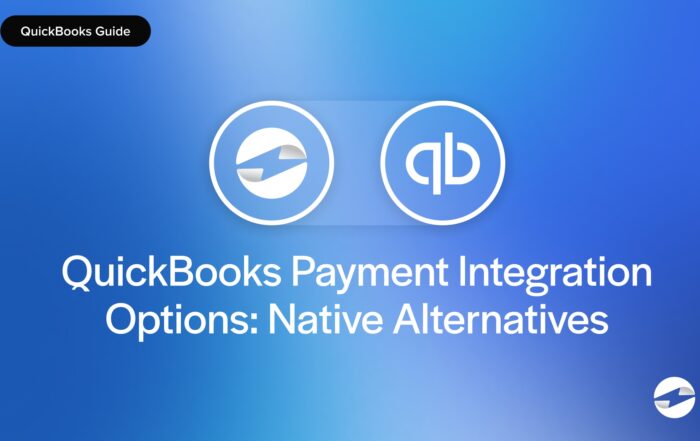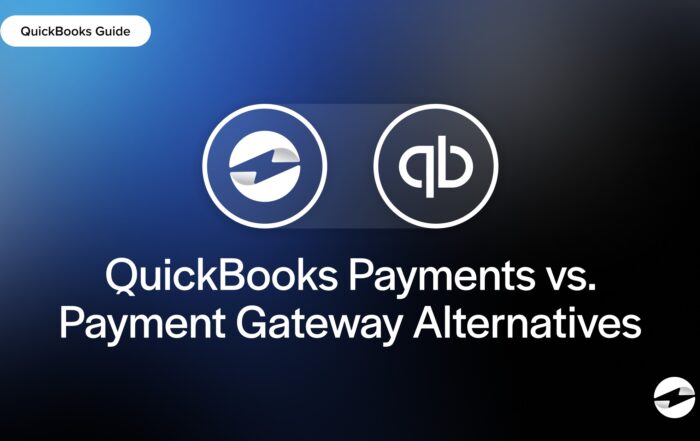What is quick ratio?
The quick ratio, sometimes called the acid-test ratio, is a financial measure used to assess how well a company can pay off its short-term debts using its most liquid assets. In other words, it shows whether a business can cover its immediate obligations without needing to sell inventory. The quick ratio gives a stricter view of a company’s financial health because it leaves out inventory (assets that might take time to sell or might not sell at all). It focuses only on cash and other assets that can be quickly used to pay off debts.
Key Points
- The quick ratio shows if a company can pay short-term debts using only its most liquid assets—excluding inventory.
- A ratio of 1 or higher is usually good, but what’s “healthy” depends on the industry and company history.
How to calculate the quick ratio
To figure out the quick ratio, you can use this simple formula:
Quick Ratio = (Current Assets – Inventory – Prepaid Expenses) / Current Liabilities
Current assets include cash, accounts receivable, and other assets that can be quickly turned into cash, while current liabilities refer to debts or obligations due within one year. The calculation focuses only on the most liquid assets by excluding inventory and prepaid expenses.
If a business has $100,000 in current assets, $30,000 in inventory, $10,000 in prepaid expenses, and $45,000 in current liabilities, the calculation would be:
Quick ratio = ($100,000 – $30,000-$10,000) / $45,000 = 1.33
This means that for every dollar of debt, the company has $1.33 in liquid assets, which generally suggests that the business is financially stable in the short term.
What’s considered a good quick ratio?
A quick ratio of around 1 is usually considered healthy because it indicates a company has enough liquid assets to cover its short-term debts. A ratio above 1 suggests the company is holding a lot of cash and receivables, avoiding risk but also missing growth opportunities.
On the other hand, a quick ratio below 1 could signal that a company might have trouble meeting its immediate obligations, which could be a concern for investors and creditors.
For example, a tech company with a quick ratio of 1.2 could be seen as having enough liquidity to stay on top of its debts. However, a more established retail business with a quick ratio of 0.8 may indicate that, while it can meet its short-term obligations, it may be more reliant on its seasonal cash flow, which could be a financial risk.
Ultimately, the “ideal” quick ratio can vary by industry and the company’s specific circumstances. It’s important to compare the ratio against industry benchmarks and the company’s historical performance to understand its financial health better.
You May Also Like
Read More
Read More
Read More
Read More



